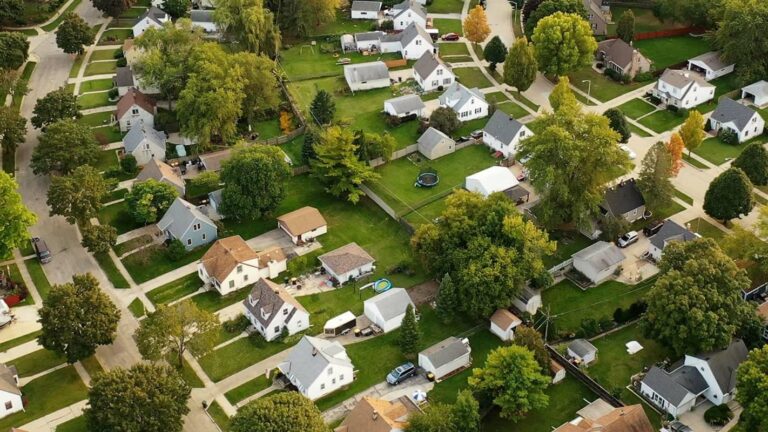The Impact of Tariffs on Homeowners Insurance
The insurance industry in the United States is facing a significant challenge due to the Trump administration’s tariffs, which are increasing insurance companies’ costs and potentially making homeowners insurance even more unaffordable.
The U.S. government has imposed tariffs on various building materials, including steel, aluminum, lumber, and gypsum. These tariffs are leading to higher repair and replacement costs, resulting in increased insurance premiums. Insurance companies are charging higher premiums to compensate for the increased spending on construction materials. Additionally, the tariffs are disrupting global supply chains, causing delays in getting materials on time.

The climate crisis is also playing a significant role in the rising costs of homeowners insurance. Extreme weather events, such as hurricanes, wildfires, and tornadoes, are becoming more frequent and destructive, leading to higher insurance claims. The insurance industry paid over $140 billion in natural disaster claims last year, marking the fifth consecutive year with losses exceeding $100 billion.
Some insurance providers are leaving state insurance markets entirely due to the risks and rising costs associated with the climate crisis. Homeowners are being forced to choose between paying more for the same insurance, accepting lesser coverage, or letting their insurance lapse.
To mitigate these risks, homeowners can take proactive steps to prepare their homes for extreme weather events. This includes educating themselves about climate issues, weatherizing their homes, and using sustainable building materials. Disaster-resistant housing options, such as the Q Cabin, can also provide storm protection and peace of mind.
While the future of the homeowners insurance industry is uncertain, taking control of one’s own home preparedness is a step in the right direction. By understanding the factors contributing to rising insurance costs and taking proactive measures, homeowners can better protect themselves against the financial impacts of extreme weather events.


